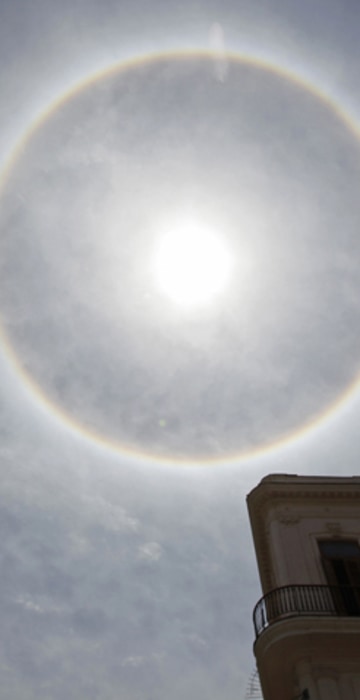
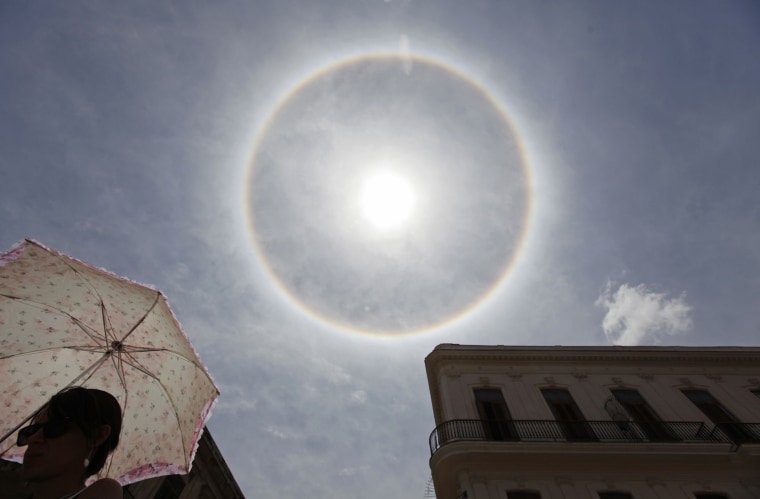
Say hello to the halo
A woman walks on a street with her umbrella as an atmospheric phenomenon known as a "sun dog" is seen in the sky over Havana, Cuba, on April 12, 2013. The rare halo around the sun is caused by the refraction of sunlight by small ice crystals in the atmosphere.
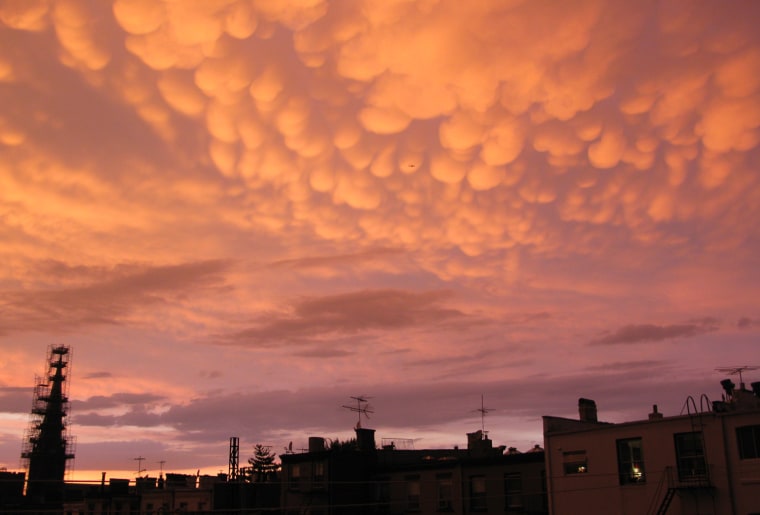
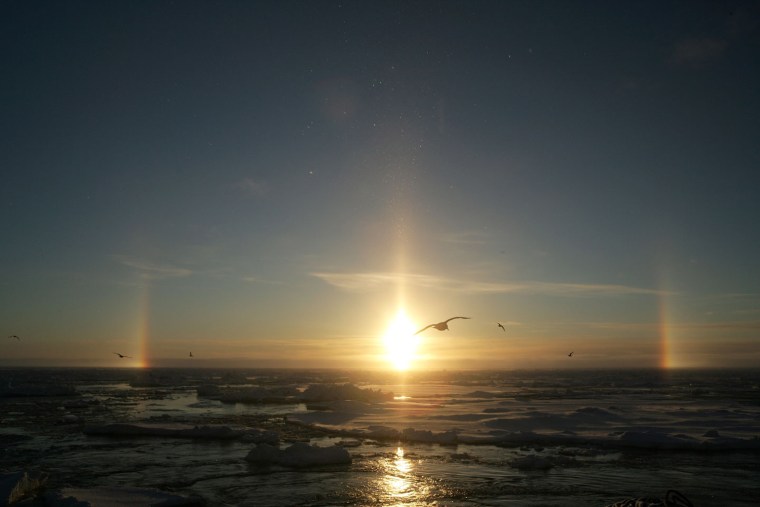
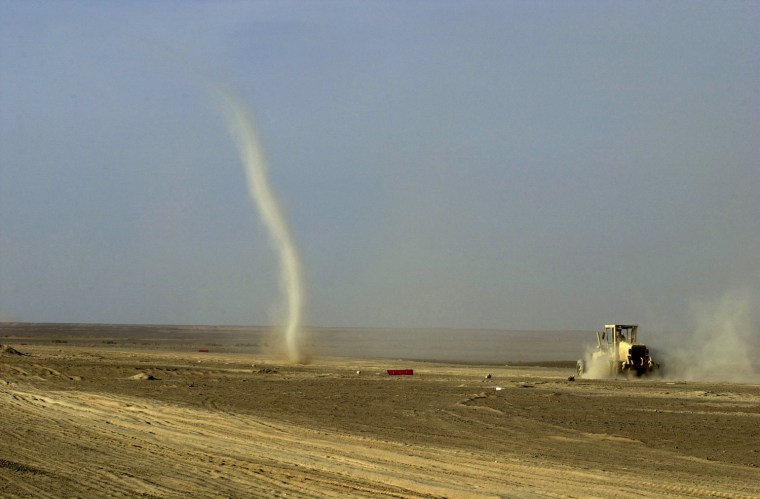
Dust devil in Afghanistan
Navy Seabees from Naval Mobile Construction Battalion 133 run graders over a desert landing strip while a dust devil cuts across the runway on Dec. 2, 2001, at Camp Rhino inside Afghanistan. Dust devils form as swirling updrafts under sunny conditions during fair weather. Similar phenomena have been spotted on Mars as well.

Somewhere over the moonbow
Moonbows are just like rainbows, only they happen at night when moonlight shines on water droplets. They are also known as lunar rainbows. This one formed near Upper Yosemite fall in Yosemite National Park.
•See a panoramic image of a moonbow on Brian Hawkins' website.
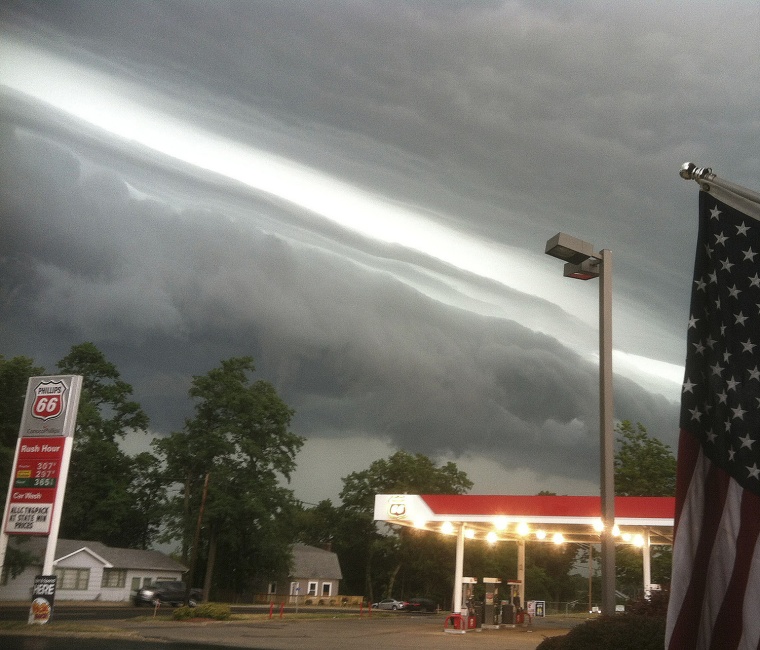
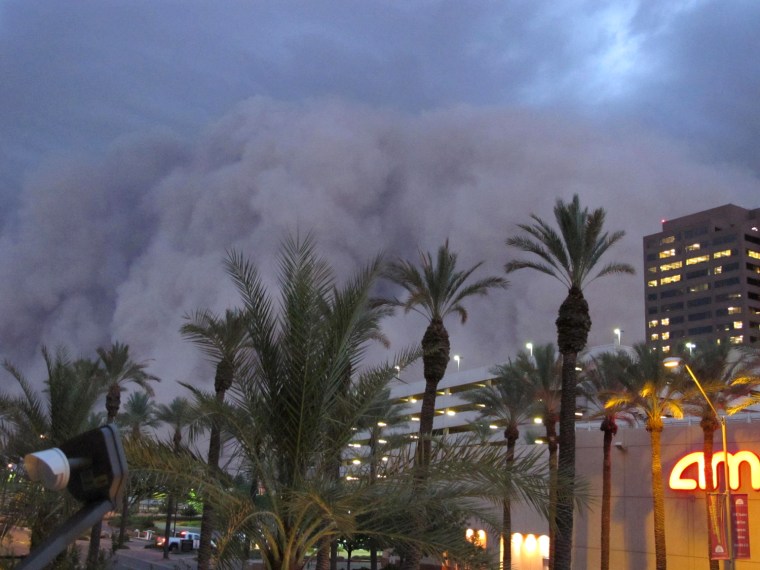
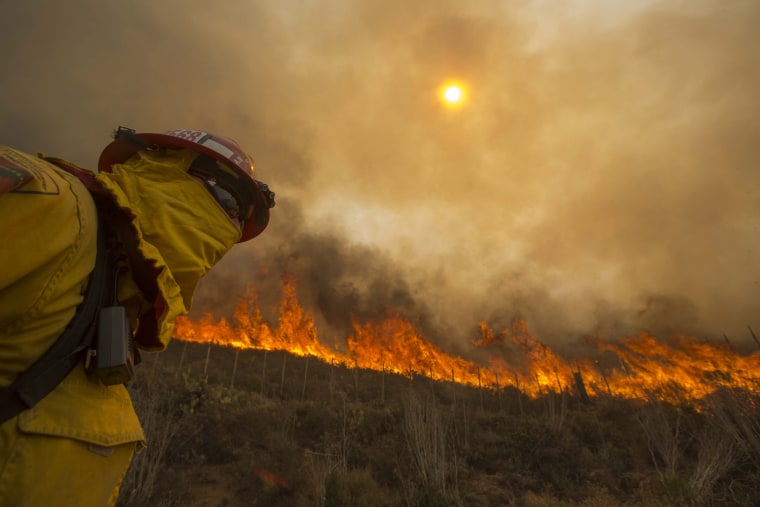
Santa Ana smoke
A firefighter keeps watch as a wildfire burns along a hillside in Point Mugu, Calif., on May 3, 2013. The fire was stoked by Santa Ana winds - strong, extremely dry winds that sweep down slopes to affect coastal Southern California and northern Baja California.
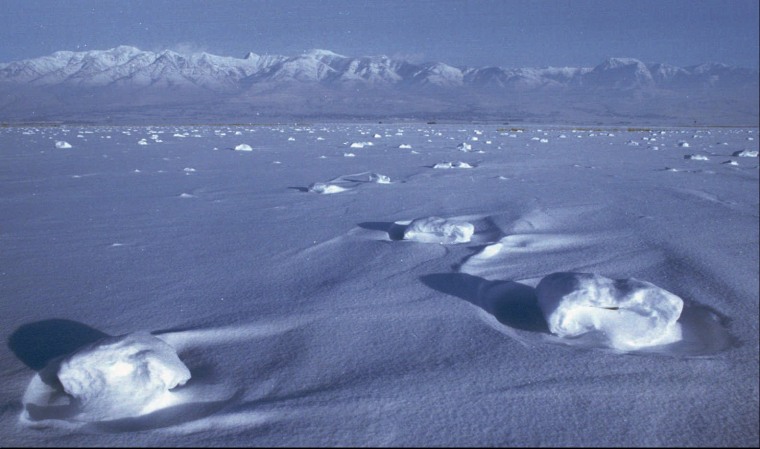
Snowy rollers
A once-in-a-lifetime weather phenomenon known as "phantom snow" litters many of the plowed fields in Utah's Cache Valley, near Lewiston, Utah, on Feb. 2, 1996. According to Utah state climatologist Don Jensen, these "snow rollers" are formed when snow falls at different intervals, layering one sheet on top of another. If the top layer is extremely dry and a strong, consistent wind comes up, the snow will roll itself into these unique snowballs.
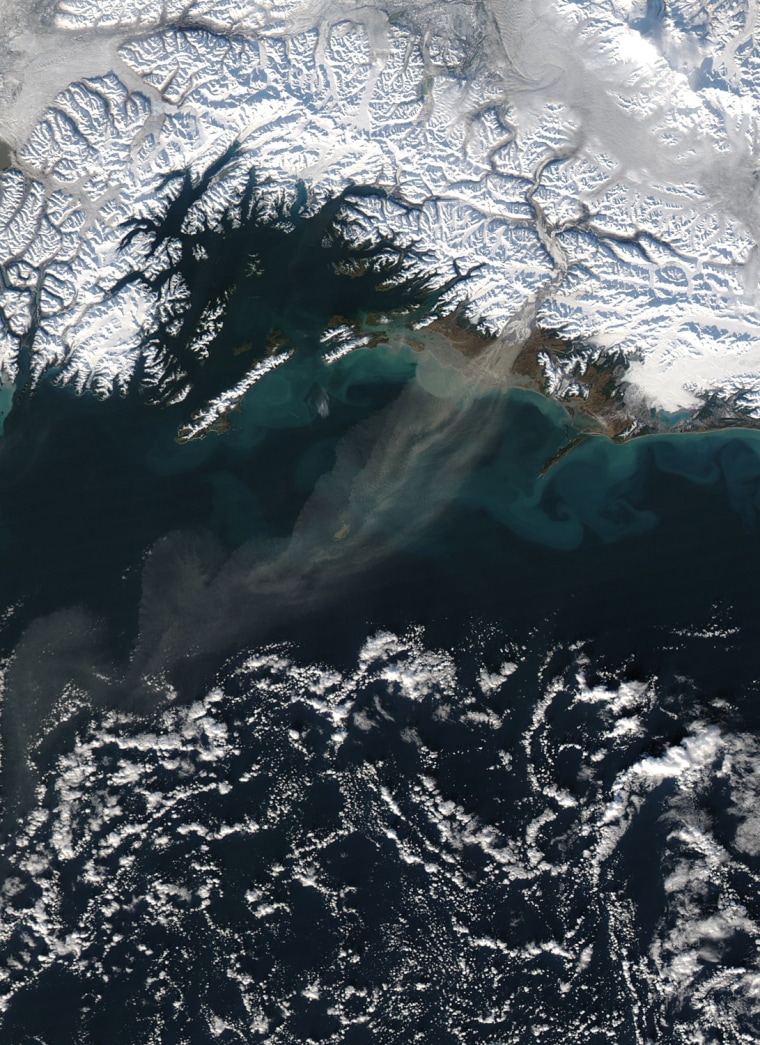
Chinook winds in action
A dust storm of glacial sediments blew off the Alaskan coast on Nov. 1, 2006, almost exactly one year after a more intense dust storm blew out of the same spot: the Copper River Valley. The MODIS imager on NASA's Aqua satellite took this picture showing the beige plume of dust. Over time, the movement of glaciers grinds the rocks below them to fine silt, also known as loess. Glacial sediments can even form dunes along Alaskan river valleys. Warm, dry chinook winds, sometimes called foehn winds, push the glacial sediment toward the sea.